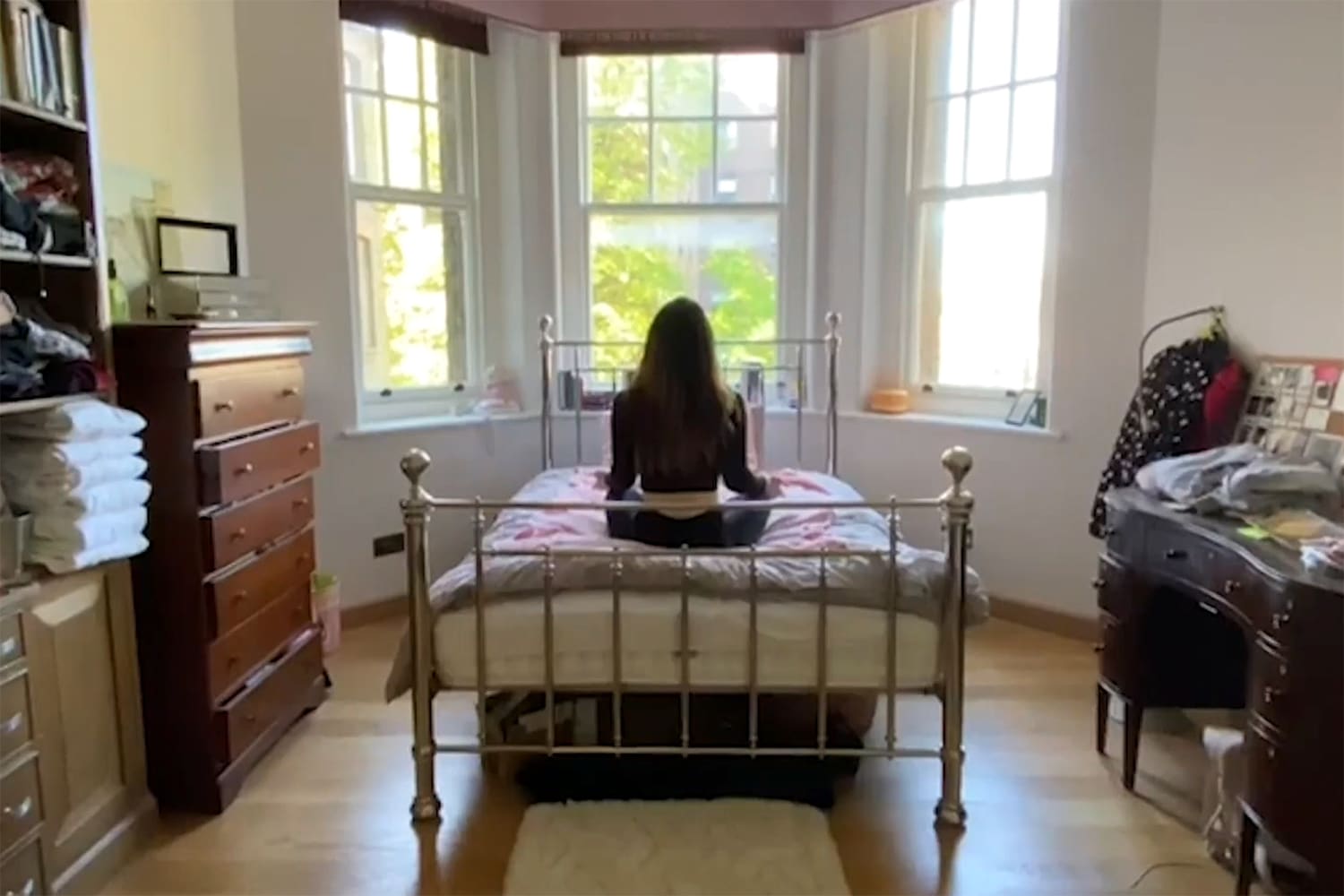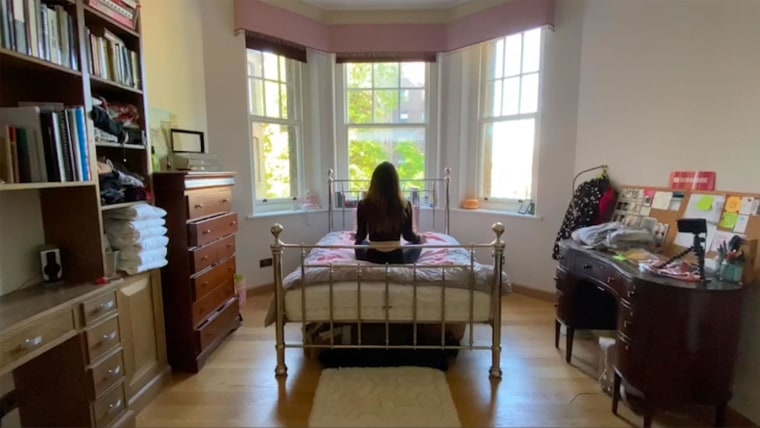Erin Reynolds battled bulimia since childhood, but the weeks before she entered treatment were some of the worst. At 22 years old, she was preparing to leave her home in Helena, Montana, for an inpatient program in New Jersey to receive around-the-clock medical care.
Looking back six years later, Reynolds said seeking help was one of the most difficult parts of the entire recovery process. “I just kept binging and purging because I was so stressed,” she said. “I’m leaving my job that I love, leaving all my friends and my town and saying goodbye to normal life.”
Eating disorders, including anorexia nervosa, bulimia nervosa and binge eating disorder, are some of the most fatal mental illnesses – second only to opioid addiction. Yet treatment options remain sparse, particularly in rural states such as Montana.
Emergency department visits for teenage girls dealing with eating disorders doubled nationwide during the pandemic, according to a study from the Centers for Disease Control and Prevention. The same report notes that the uptick could have been due in part to reduced access to mental health services, a reality even more acute in rural states.
A lot of people are not able to access treatment, just given the geography and vast ruralness of the state.
Caitlin Martin-Wagar, University of Montana
The National Eating Disorder Association’s provider database shows only two certified providers across all of Montana, the country’s fourth largest state as measured by square miles. By comparison, Colorado, which is three-quarters of the size of Montana but has five times the population, shows only nine providers.
That means many people like Reynolds must leave Montana for treatment, particularly true for those seeking higher levels of care, or drive for hours to attend therapy. It also means more individuals go untreated because they lack the flexibility to give up a paying job or leave loved ones behind.
“A lot of people are not able to access treatment, just given the geography and vast ruralness of the state,” said Caitlin Martin-Wagar, a University of Montana assistant professor and psychologist who specializes in eating disorder research.

The most intense treatment involves inpatient or partial hospitalization programs, best for those in need of around-the-clock care and acute medical stabilization. Residential treatment is a step down from there, usually outside of a hospital setting in favor of some place more akin to a rehab facility, but still for people with severe symptoms.
Once a person reaches the point in recovery where less hands-on care is required, there are a variety of outpatient options that could include therapy, meal support, or group counseling. “Finding people with those specialties and availability is often a challenge,” according to Lauren Smolar, vice president of mission and education at the eating disorders association.
When Reynolds sought treatment in 2016, not one facility in Montana offered inpatient care, residential treatment or partial hospitalization. There is only one that comes close: the Eating Disorder Center of Montana, a treatment program based in Bozeman that was started in 2013.
Jeni Gochin, who co-founded the center, said there were many barriers to starting an eating disorder treatment facility in Montana, where there was none. There was no licensure process, along with challenges with insurance coverage, and the high level of specialization required to provide appropriate care.
The Eating Disorder Center of Montana added a partial hospitalization program in 2017, which provides housing for anyone coming from out of town and requires five to seven days of nearly all-day treatment programming led by a team of experts.

About 30 million people have had an eating disorder at some point in their lifetime, research shows. A third are men, a group that is underdiagnosed and undertreated. While Black and Indigenous people are no less likely to suffer from an eating disorder, they are half as likely to be diagnosed or receive treatment.
A few studies have shown a higher rate of eating disorders in urban centers, but it’s difficult to know whether that’s because of strong stigma and lack of treatment options in rural settings.
“We know eating disorder rates are quite high,” Martin-Wagar said. “We’ve been seeing them rise pretty consistently, so this isn’t a niche or specialty issue. It’s something that’s impacting lots and lots of folks.”
The pandemic made telehealth treatment options more common, which could relieve some of the bottlenecks faced at treatment facilities. For example, the Eating Disorder Center of Montana will launch virtual outpatient care for any Montana resident in April, and Emily Wish treatment center in Great Falls, Montana provides telehealth appointments for individual, family and group therapy.
But telehealth treatment for eating disorders is limited in its effectiveness. Many of the interventions are best in-person such as meal support and helping people establish regular patterns around eating.
Cost is a barrier to treatment everywhere — but especially in a place like Montana where nearly 19 percent of residents are covered by Medicaid. It can cost thousands of dollars and take many months for a person to receive adequate care, whether a person is insured or not. And there’s no formula to know how long it will take, or how many times a patient will have to move up and down the ladder of levels of care.
Few insurance companies provide meaningful coverage. Their reimbursement might time out after only a few weeks — far less than the average course of treatment required — or not cover it at all.
Martin-Wagar, the University of Montana researcher, said that eating disorder research also receives very little funding relative to other mental health concerns. Without federal and state dollars going directly into treatment and research, eating disorder symptoms can’t be identified early in adolescents, the easiest way to drive down the costs of overall treatment; stigma is harder to combat and there’s little incentive for new providers to create treatment programs in spaces outside of urban areas with well-documented demand.
“Even if we create more eating disorder centers, if people can’t afford them, then we are only servicing the most privileged in our society,” Martin-Wagar said. “And that means we are not doing a good job.”
Source: | This article originally belongs to Nbcnews.com











